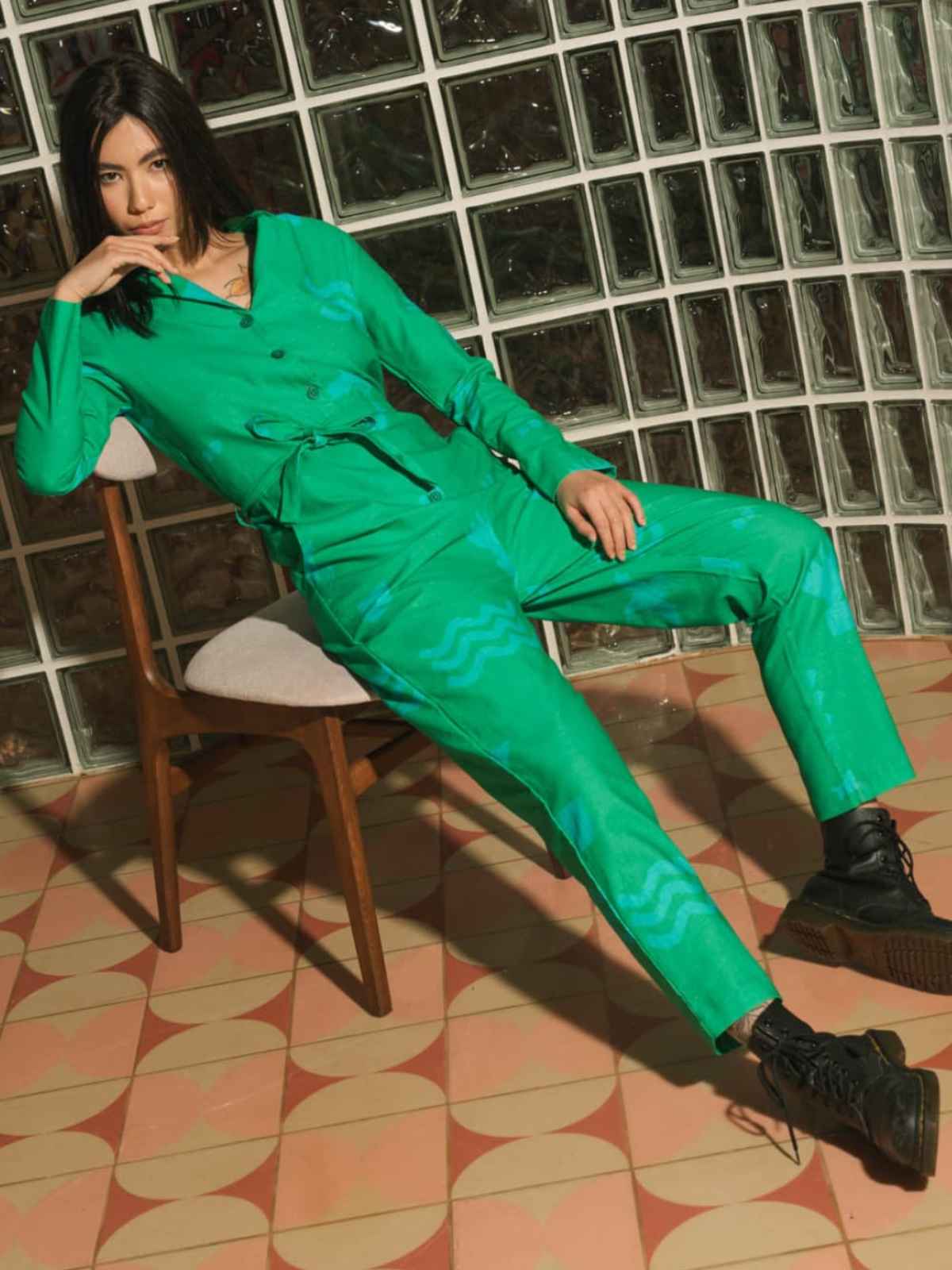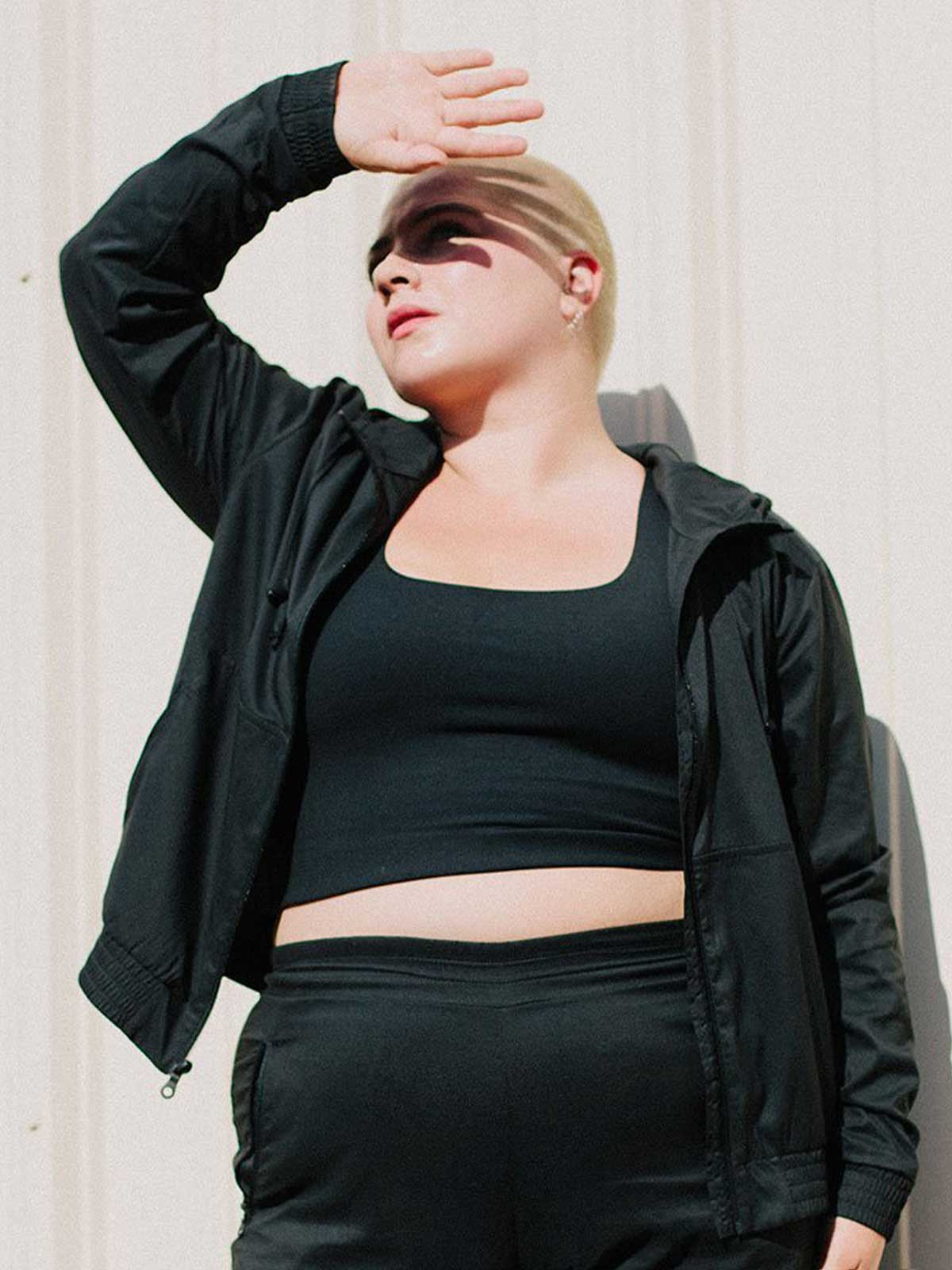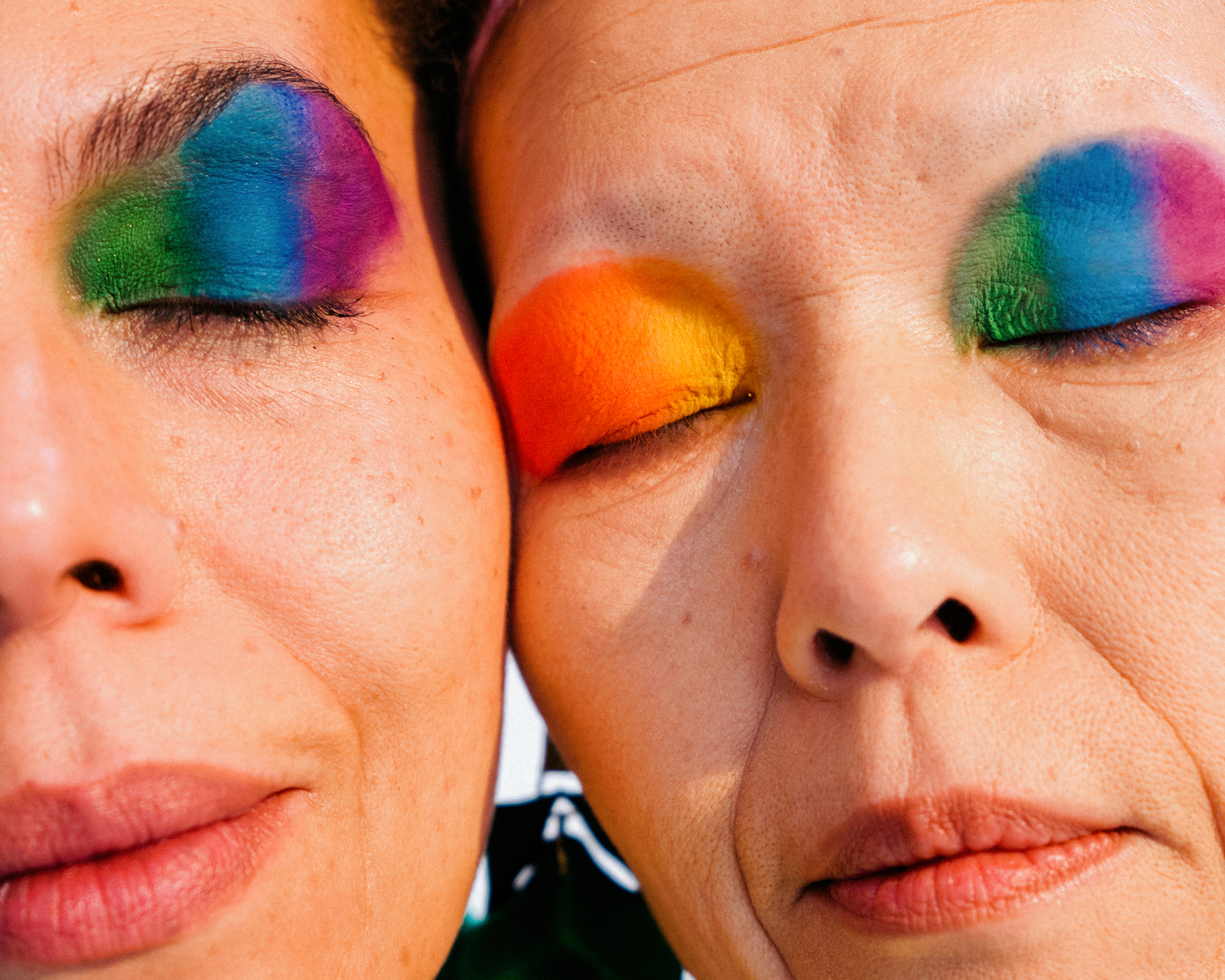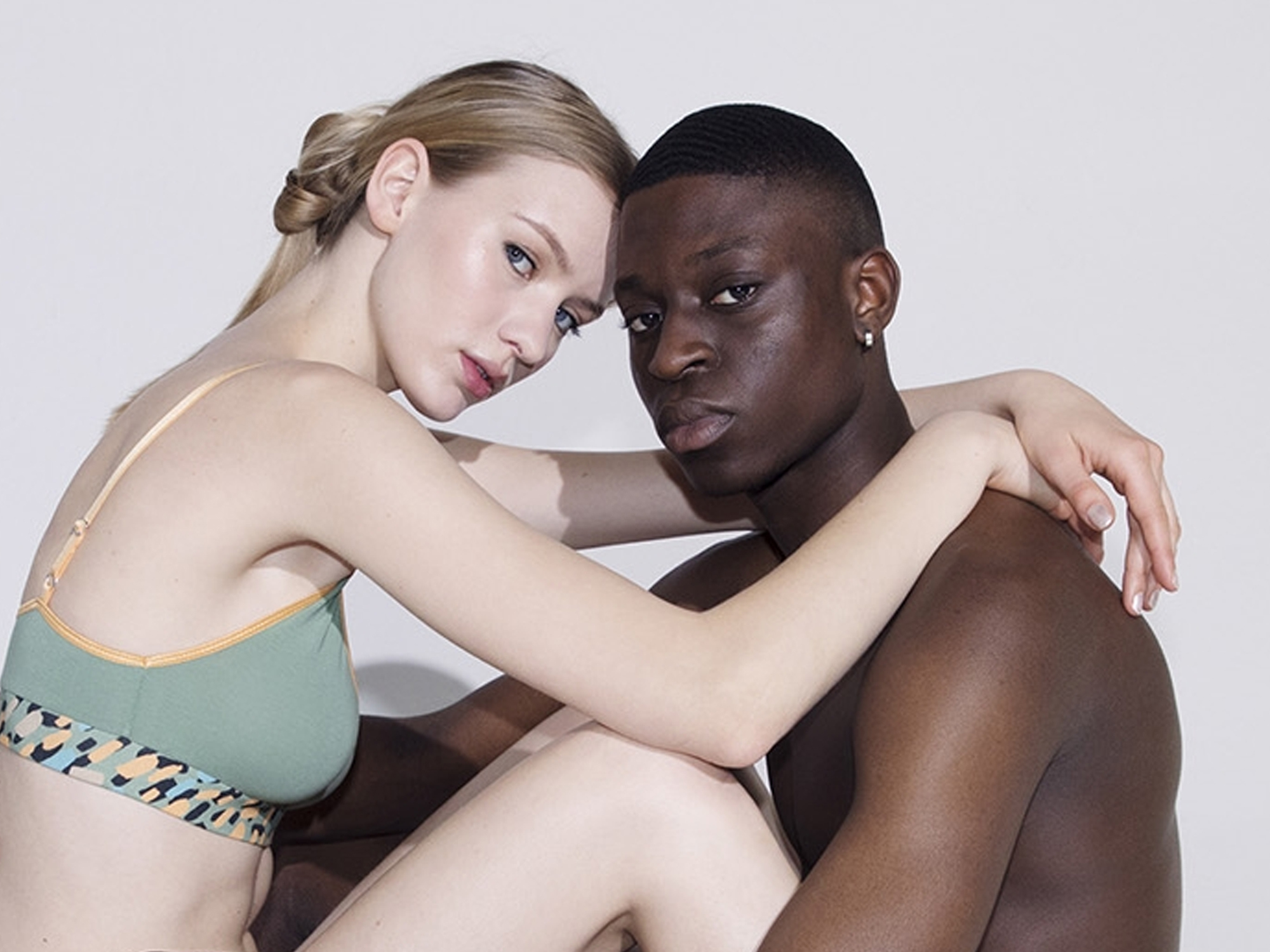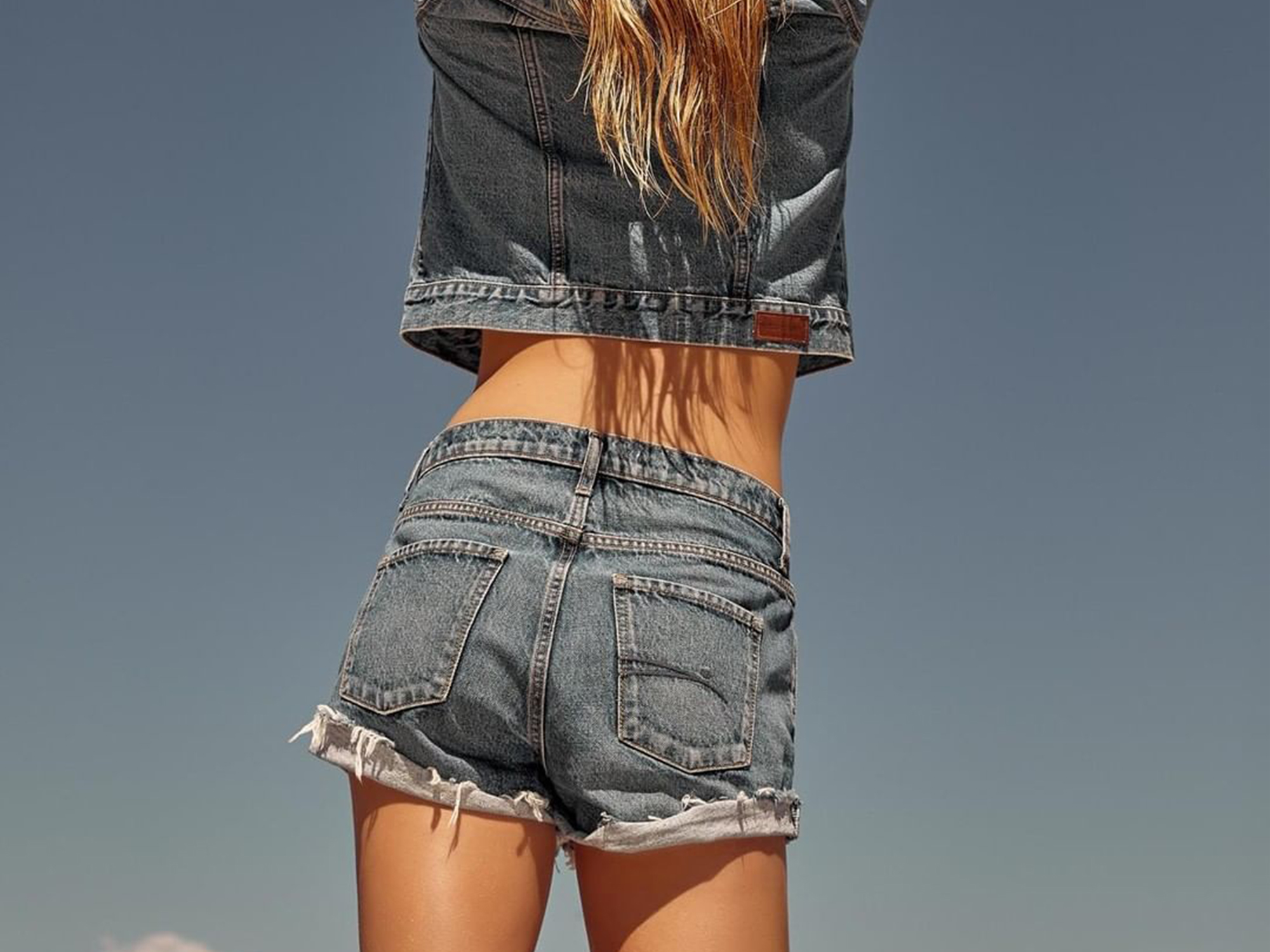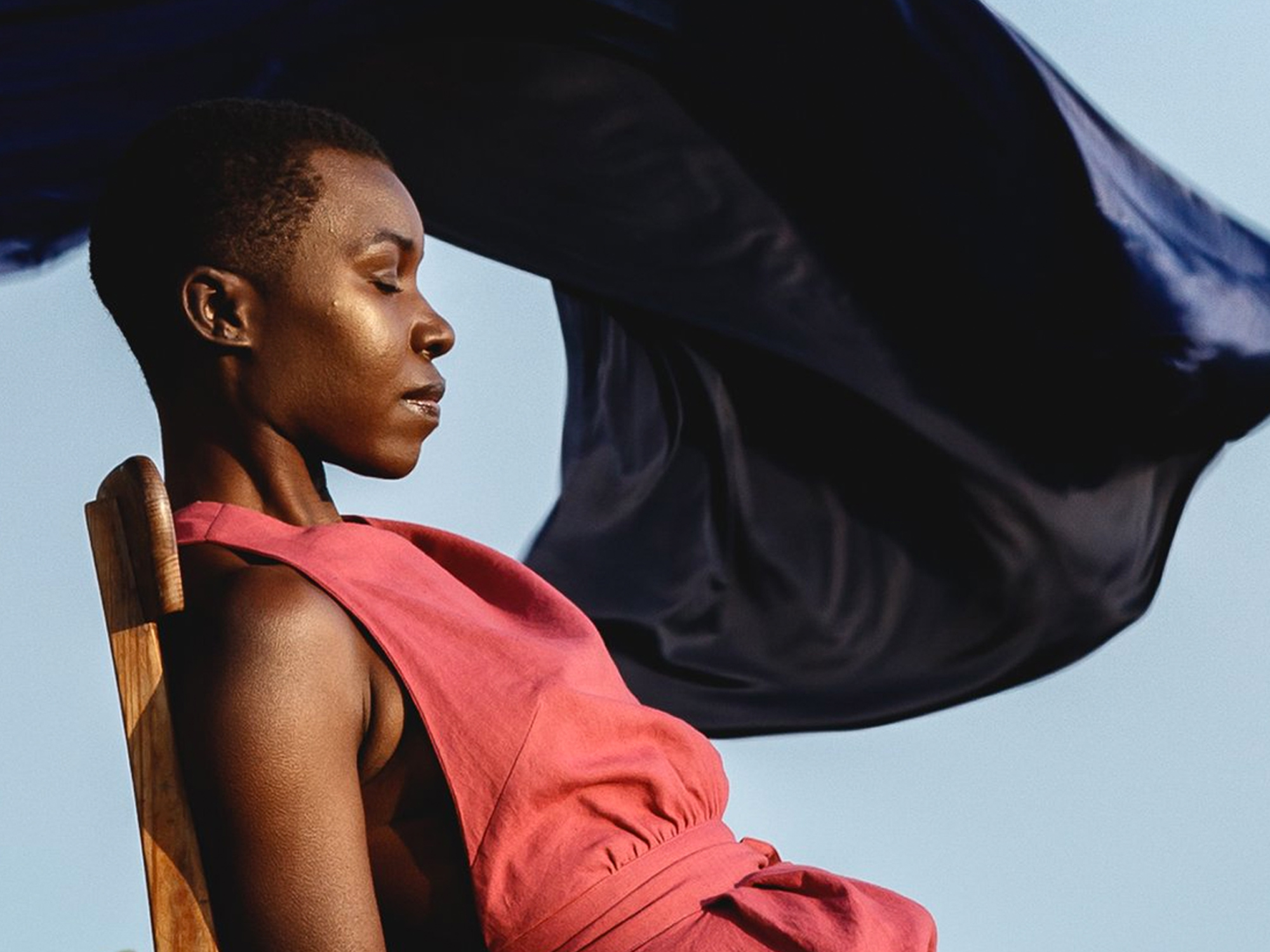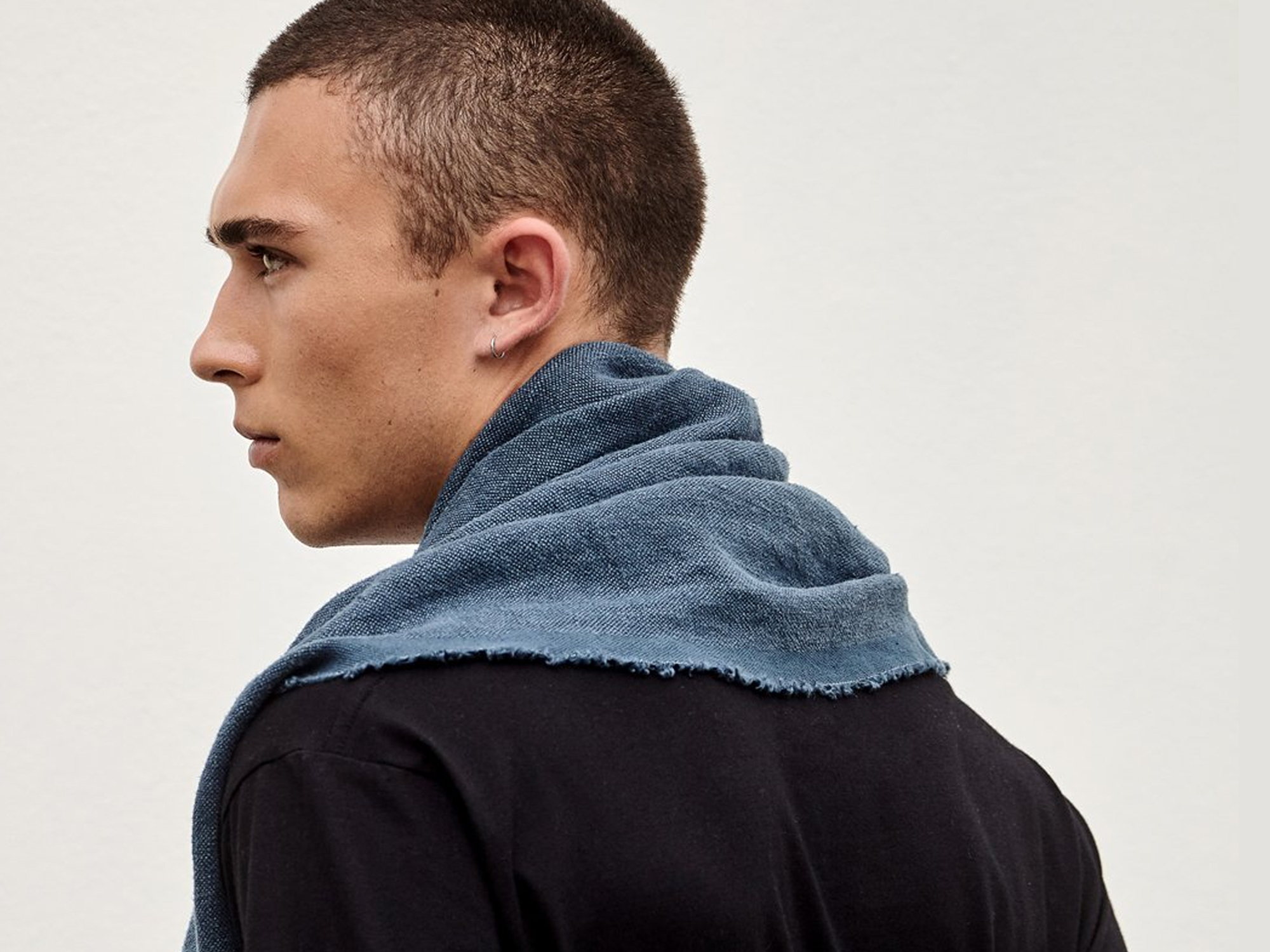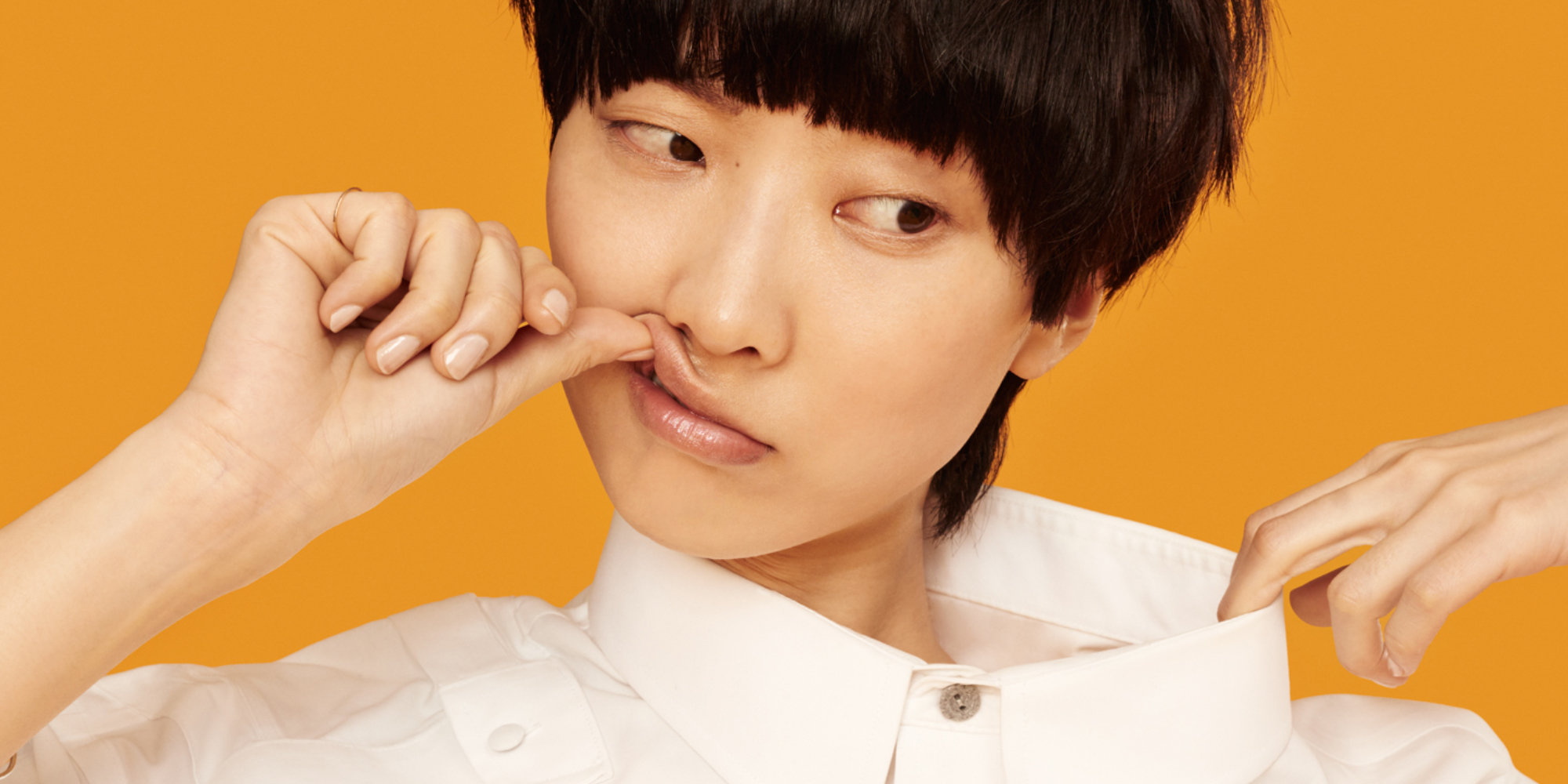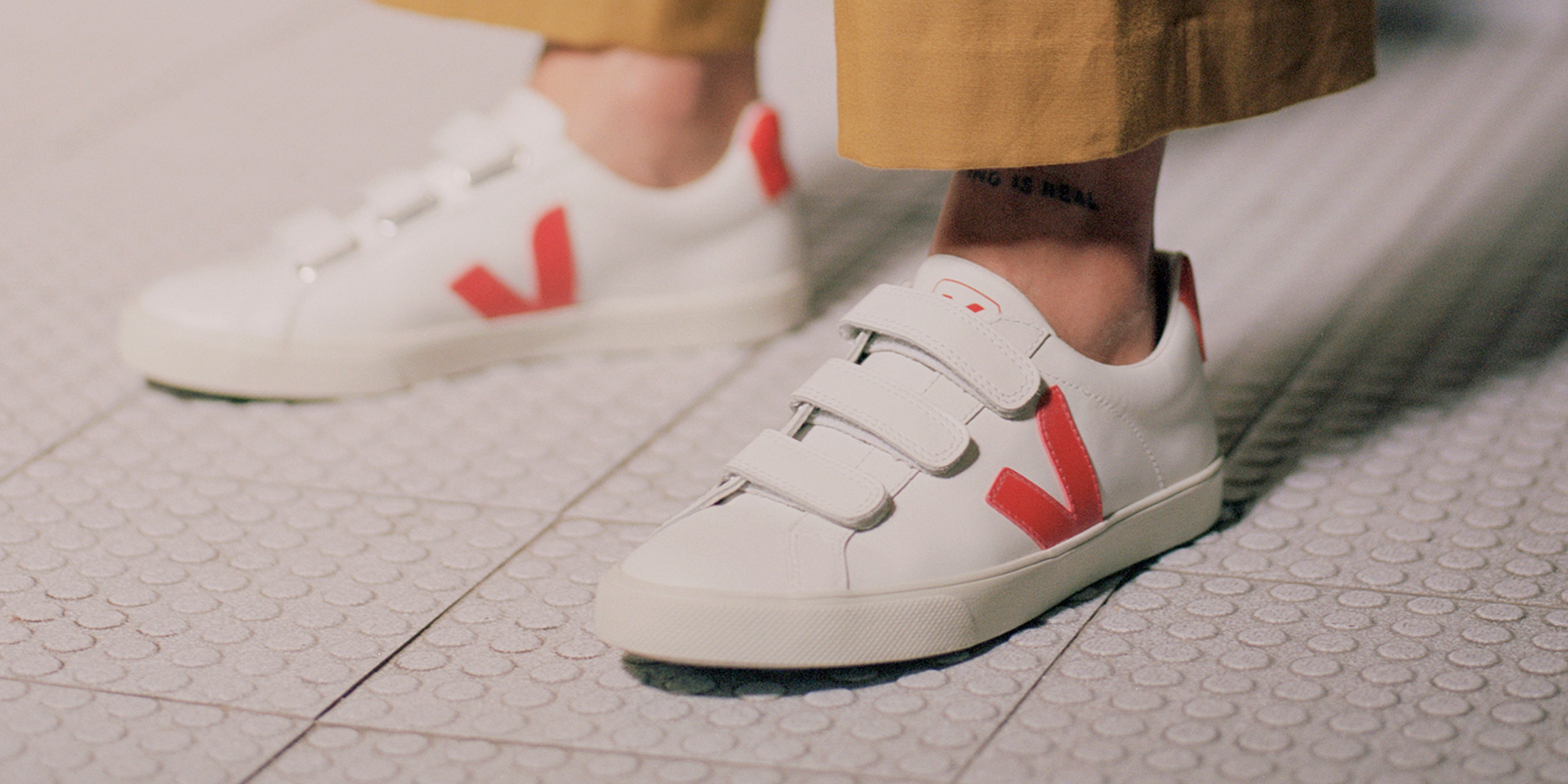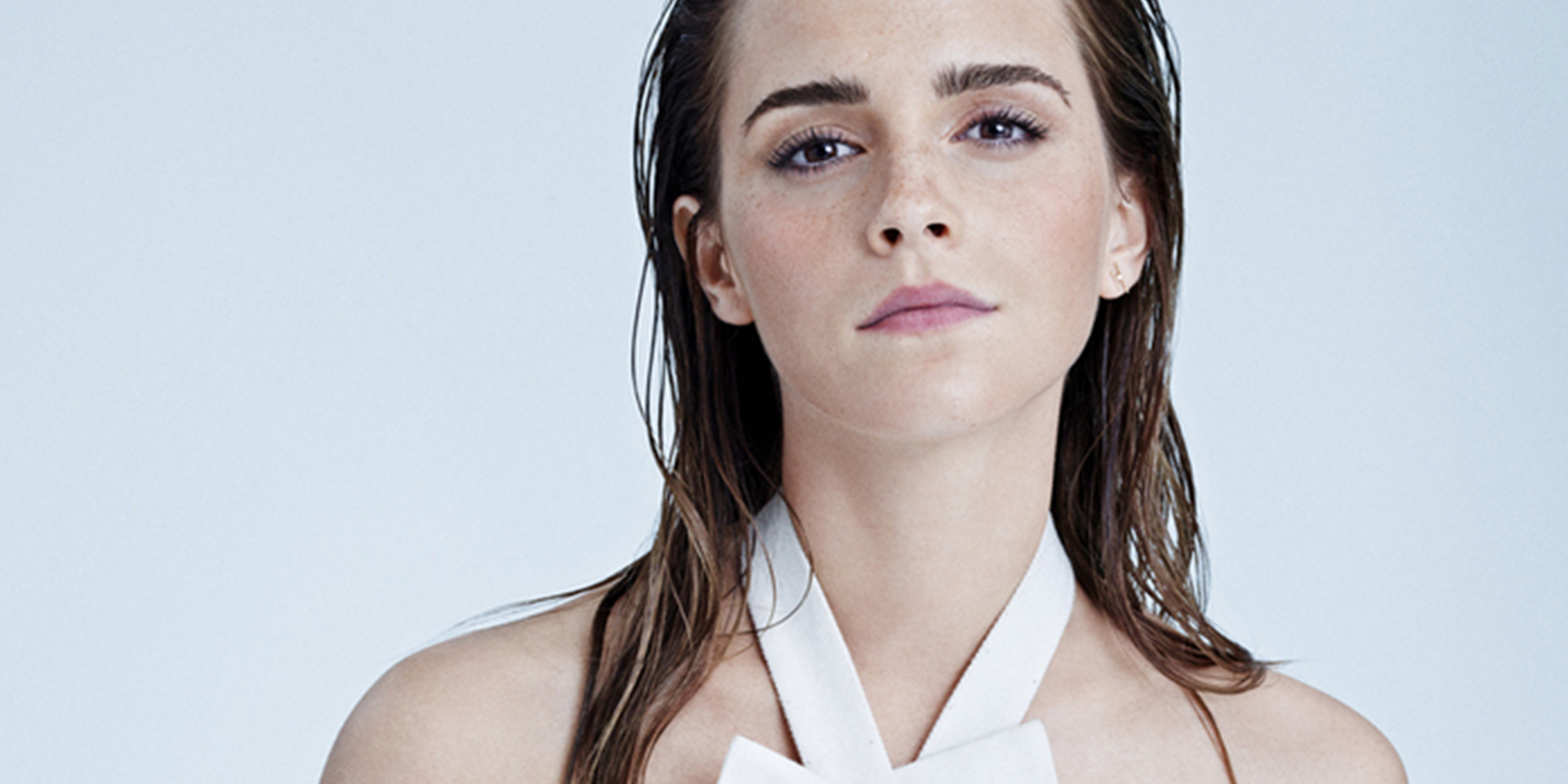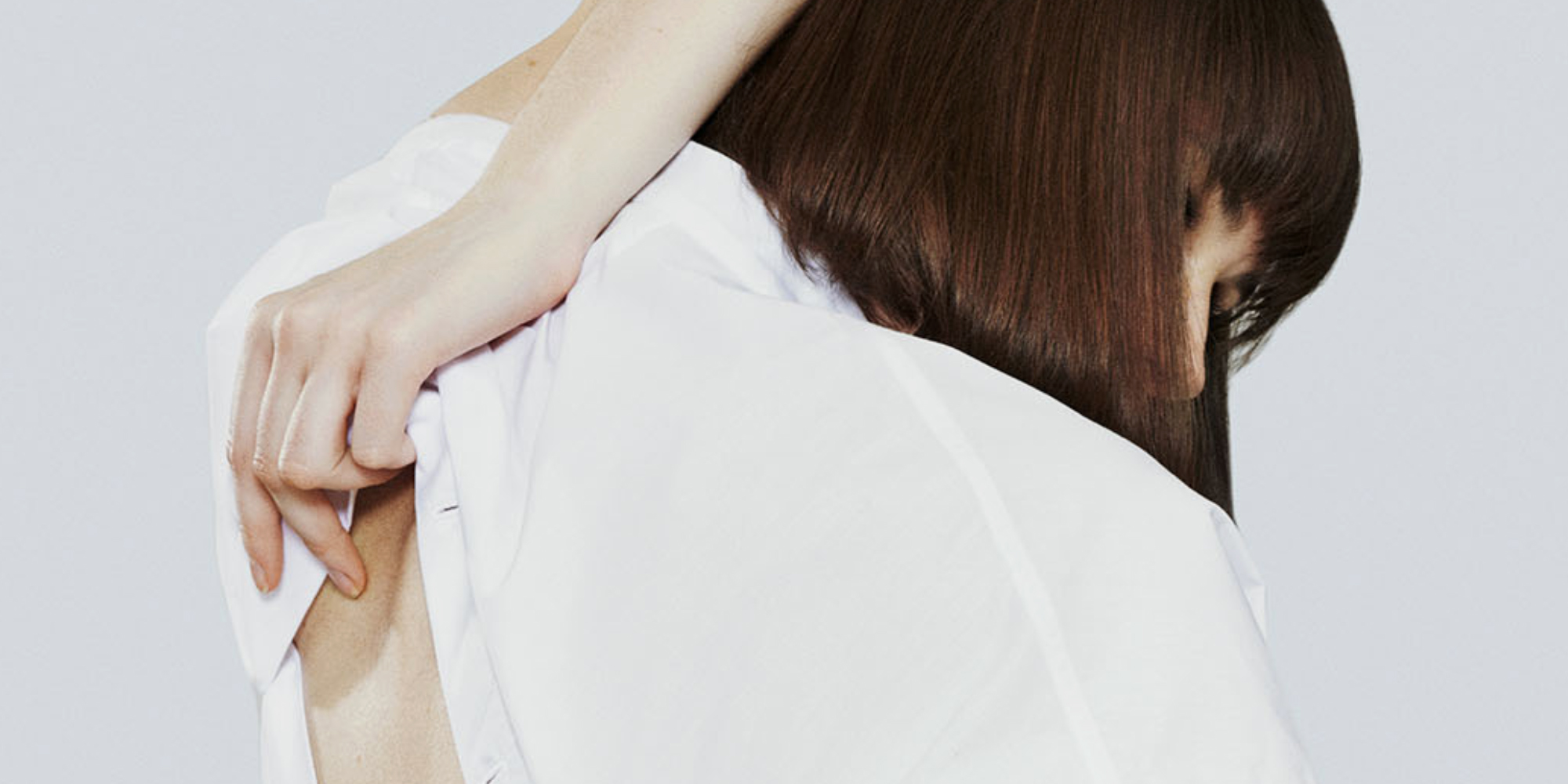While brands once competed to slap “love is love” on everything during Pride Month, 2025 marks a dramatic corporate retreat. It’s “the big pinkhushing,” as our editor-at-large writes, where brands delete LGBTQ+ commitments, quietly stop Pride campaigns, and cancel donations. It exposes how shallow their rainbow capitalism always was.
Remember when pinkwashing was a marketing tradition
A couple years ago, in the heady peak of the rainbow capitalist wave, a friend sent me a screenshot of a t-shirt that read, “The first gay Pride was a riot.” Indeed, no fossil fuel companies or multibrand retailers had floats in the first Pride. No police marched, either. Fast fashion didn’t even exist in the way it does today, and no fashion brand had yet launched a Pride capsule collection for those first marches in 1970. The first Prides were planned to commemorate the mythologised 1969 Stonewall riots at a divey bar in Manhattan. The riots were in response to police raids, and the resistance was largely led by trans and queer people of colour. Yes, it’s a familiar story we recount this time every year. And the t-shirt’s slogan was correct. But the irony was that the product was listed for £13.99, among other cheap Pride-related products, on Amazon.
At the very least, pinkwashing has given us, the queers online, something to roast.
That co-opting of Pride is what’s commonly referred to as “pinkwashing,” and much like its environmental counterpart, greenwashing, it’s rarely more than a peripheral PR ploy. As I reported for the Good On You Journal in 2023: “From SHEIN’s hundreds of polyester Pride looks to Boohoo telling us ‘Pride isn’t just a party’, brands with alarming human rights and environmental track records are increasingly trying to profit off of an event that started with a riot against police brutality and has continued annually with demonstrations against oppression.” Or, at least, that was the narrative until recently.
From the 2010s to early 2020s, some LGBTQ+ people in wealthy countries viewed the surge in support from corporations as a sign of progress, sure. Others protested it. But no matter your views, it was too often unclear how any of this pinkwashed merchandise served anyone but the big brands’ publicity or bottom line. That was the point.
At the very least, pinkwashing has given us, the queers online, something to roast. One of my favourite pastimes every Pride is browsing through all the rainbow Pride collections and laughing at what merch big corporations think we LGBTQ-pluses want to wear to parades, festivals, and events sponsored by donors that have previously included a major U.S. government defense contractor, the primary financier of the Dakota Access Pipeline, and even a few fossil fuel companies. Pinkwashing can be pretty weird.
Of course, not all Pride collections are alike. Some do have some support for LGBTQ+ charities and causes baked in. “If it’s under $100k, Mac is walking away,” declared comedian Machaizelli Kahey, known on YouTube as MacDoesIt, where he’s made an annual tradition out of reading brands’ Pride collections to filth. Two weeks ago, MacDoesIt posted this year’s hilarious Pride roast. “A month about rainbow outfits, baby!” he began. “We’re going to judge it—the choices, who they’re working with, how much they are donating this year. Let’s hope it’s above $100,000 now, girl. $50,000 is cheap for these corporations.”
From Target’s “Live Laugh Lesbian” apparel to Levi’s Holocaust-inspired 2025 merch, MacDoesIt browsed the goods, reviewed the brands’ Pride campaigns and gave them each a score out of five, kind of like Good On You does for brand’s sustainability, just funnier. For instance, novelty North American mallcore retailer Spencer Gifts had pages of slogan shirts. He dwelled on one product page for a t-shirt that read, “Shanté you’re gay!” It was clearly a riff on the tagline from the drag queen competition show ‘RuPaul’s Drag Race’, where host RuPaul often says “Shantay, you stay,” to the winner of the lip sync.
MacDoesIt said, “Oh no, call RuPaul! And ask him ‘did he get all that oil out of his property yet?’” In the end, Spencer didn’t score very high in MacDoesIt’s eyes: “I’mma give you two and a half stars, Spencer […] I like the variety but it is a hodgepodge of just randomly screenprinted stuff with rainbows on it. Also, there is no visible donation situation here, so it feels like you’re just taking our money to make more dildos, honest.” In other words, “Not Good Enough.”
Now, it’s pinkhushing, aka brands showing their true colours
In 2025, some brands are still putting out pinkwashed Pride merch. And there’s certainly nothing wrong with a screenprinted gay slogan tee, especially ones purchased from independent queer and trans artists directly. But corporate Pride merch, especially from brands exploiting the labour of garment workers throughout their supply chains, was never the point of Pride, anyway. The pinkwashing fashion brands almost begged for the roast.
In 2025, 39% of corporate executives planned to scale back public Pride programs.
This year, however, there are indeed far fewer shallow corporate Pride initiatives to roast. In 2025, 39% of corporate executives planned to scale back public Pride programs, according to a survey of more than 200 leaders conducted by risk management firm Gravity Research. (“Notably, no respondents reported plans to increase engagement,” the report read.) Major Pride events have struggled with finances for this year’s events as major corporate funders have retreated. Brands that had prominently run Pride campaigns in the past, such as Gap, have gone quiet. And LGBTQ+ content creators are finding the money is drying up. A lot of it comes down to political pressure. “We found that most executives are concerned about the executive orders and actions we’ve seen from the federal government; that’s the driving force here,” Gravity’s chief strategy officer Kendall Seketa told Digiday’s senior reporter, Alexander Lee.
Much like how greenwashing has given way to greenhushing in the fashion industry, so has pinkwashing given way to pinkhushing.
What exactly is pinkhushing? The term describes when brands that previously had been vocal about LGBTQ+ issues all of a sudden go quiet: deleting inclusive language from websites, slashing Pride budgets and campaigns, and showing that their true colours were never rainbows in the first place.
This corporate retreat reveals the fragility of performative allyship. When brands like Target scale back after facing homophobic far-right campaigns, they’re demonstrating that their support was always conditional, existing only when it felt safe and profitable. The retailer that once sold over 2,000 Pride products has pulled such stock from many stores and is selling it mostly online. Cartoonist Molly Knox Ostertag dubbed it “cowardcore”: beige tones replacing rainbows and lorem ipsum placeholder text reportedly on some tags, suggesting the whole thing was a rushed afterthought.
Pinkhushing companies fold under the pressure that LGBTQ+ people face daily, exposing how their rainbow merchandise was never about genuine solidarity.
Rainbow fast fashion was never the point of Pride, anyway
That £13.99 Amazon t-shirt was right: the first Pride was a riot. Maybe it’s time to remember what we were fighting for before the marches became corporate parades? The brands retreating were often the same ones producing exploitative fast fashion Pride collections while paying poverty wages to garment workers in their supply chains, anyway.
Corporate retreat from Pride, no matter how shallow it was in the first place, is as shameful as it is dangerous.
Want to wear a very gay t-shirt? Indeed, rainbows do look good on you. But all the better when those rainbows are the handwork of LGBTQ+ creatives who might live down the street. Or are paid living wages by brands that know what real allyship looks like: taking care of their workers; supporting the fundamental human rights of not only their consumers in largely white, wealthy countries but also for employees and suppliers throughout their supply chains; working with LGBTQ+ talent not only for token Pride Month campaigns but year round; brands who worry less about “virtue signaling” and more about ethics and doing the right thing.
Pinkhushing may have been inevitable. Rainbow logos were never the point. Such critiques are valid. And also, corporate retreat from Pride, no matter how shallow it was in the first place, is as shameful as it is dangerous, sending a message that queer and trans rights aren’t worth defending.
It is disappointing but also an opportunity for an honest reset, a move toward mutual aid, more direct support for queer and trans people in all layers of the fashion industry, sustained advocacy for LGBTQ+ workers throughout supply chains, and recognition that real allyship requires courage beyond Pride month taglines.
